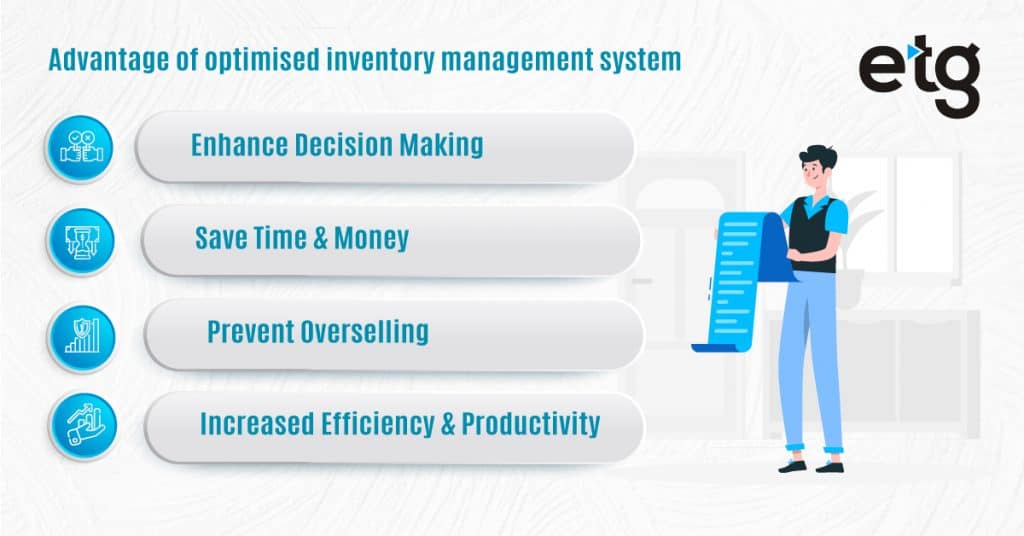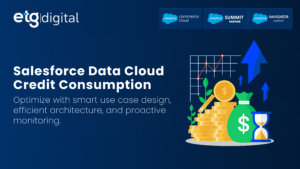Seamless browsing, personalized search options, priority delivery, easy return, and fruitful customer service are things that any digital shopper expects for retailers. And we can’t deny that COVID-19 accelerates the commerce mentioned above experience demands. Retailers are facing the paradigm shift. Suddenly order management and inventory optimization moved to the top of the priority list as maximum retailers overlooked the rear-view image of how inventory optimization took the driving role.
eCommerce is driving increased competition from traders across the globe, and customer’s needs are constantly changing. In this scenario, the ordering and fulfillment process can either break or make a brand’s relationship with a customer. Brands that can offer flexible fulfillment options and accurately display and market their inventory across their entire network will move to the top of the priority list among the e-Customers. To survive and find growth opportunities, manufacturers, suppliers, and retailers all have lots to think about.
Let’s look at the common stock management challenges faced by the retailers that need to address.
Inventory Management Challenges
- Supply Disruption
Covid 19 exposed the fact that how easy it is for inventory supply to be disrupted. During this emergency, many have found it challenging to source the products they need to prevent stockouts, whether due to production shutdowns or logistical challenges. To deal with external events’ impact, businesses will need to find ways to make their supply chains more robust and able.
- Demand Volatility
Customer behavior is continuously changing. Demand for different products could continue to rise and fall due to emergencies like COVID-19. Overnight demand trends can lead your business to either vast peaks or troughs. To help enterprises to prevent ending up with excess stock if demand falls away and take advantage of sales opportunities, having the ability to forecast demand accurately is pivotal.
- Understanding Current Stock Levels
Many companies still shave outdated processes for controlling their stock, despite a broad range of warehouse management systems and barcoding technology on the market. It’s almost impossible to make informed supply chain decisions without having complete visibility and an in-depth understanding of their inventory. To avoid inventory management challenges getting in the way of customer satisfaction, businesses need to know where every stock item is. Understanding current stock levels can help with – Stock allocation, improve picking efficiency, re-ordering the right stock, prevent surplus or stockouts.
- Lack of Time and Resource
The era of manual work is over. To drive productivity, automation is already being used across all areas of an organization. Inventory management teams need time to deal with operational challenges and focus on managing customer expectations. That business will struggle to find the time to focus on the bigger picture who are still following manual processes for tasks such as forecasting demand and re-ordering stock. To make employees more efficient and help them overcome stock management challenges, businesses will need to invest in new technologies. Businesses can future-proof their operations for everything that lies ahead by investing in Inventory Optimization now.
It's high time to address inventory management challenges
Getting products to customers faster – is one of the critical challenges for retailers over the past year. The innovations like – using stores as fulfillment centers, buy online/pick up in-store (BOPIS), and drive-through pickup, etc. – had a positive business impact. Inventory management is the unsung hero that helps retailers to win the hearts of the customers. The crucial parts of the supply chain are – balancing product availability and demand and proper execution of technology- and a slight imbalance can create a massive consequence in your Sales returns. To consistently deliver an un-parallel personalized shopping experience, retailers need to adapt Inventory management.
What are the benefits enjoyed by the retailers after taking inventory management as a priority?
Seeing clearly across the supply chain
To make better decisions about the best way to get the product to the customer, retailers need visibility into where products are located. Retailers need accurate and organized inventory information to determine the fastest way to get the product into their customers’ hands. Retailers make better strategic marketing and sales decisions using proper inventory management.
Making sustainability sustainable
The concerns about environmental impact increase due to the proliferation of ecommerce and delivery of goods. BOPIS naturally offers the best sustainable option. It results in fewer delivery trucks and cars on the road as consumers who are already out doing errands can retrieve purchases.
But the problem arises when the ordered item is out of stock in the storefront at that time. Then the entire model of sustainability becomes outmoded.
Retailers can avoid these situations just by rebalancing the inventory. Retailers can determine the most popular and widely requested product only using some analytics. The right amount of product stored closer to consumers helps retailers fulfill orders faster and eliminates wasteful packaging and unnecessary trips to distribution centers.
Growing customer loyalty
CONVENIENCE – is the added criteria to grow customer loyalty towards your brand. When products are obtainable when and where they’re needed most, it keeps customers coming back. So, retail inventory planning has become crucial to driving convenience by integrating integrations with the order management system. When consumers begin to recognize the consistent availability and convenience provided, they remain loyal to the brand or retailer. As retailers meet customer expectations, inventory planning is one of the first steps to getting there.

Reach Next Level of Inventory Management with Salesforce OMS
A sound order management system (OMS) can deliver a seamless customer experience by connecting all the commerce, fulfillment, and service processes. Brands realize that to provide a better customer experience, leading to higher customer satisfaction, the critical fact is to have a single management system for all orders and records. Salesforce OMS can help mitigate the risk of overselling or underselling products, as it provides real-time, location-level availability information of the products to the retailers. It gathers clear inventory insights to help brands better handle fulfillment.
Ultimately by optimizing inventory management using Salesforce OMS, a retailer can offer personalized services like – consumer can browse locally available products across any channel, use their choice of payment gateway, receive an order-related notification via SMS or email, can opt for the delivery process of their choice. To meet your ever-changing business needs, Salesforce OMS is agile enough. To deal with inventory bottlenecks and optimize physical and digital storefronts, implementing Salesforce OMS is the best option in today’s market.
Also Read: Optimize your BOPIS strategy to maximize ROI
Let's Get started with optimized inventory management with Salesforce OMS.
To break down the obstacles you face with your existing OMS, you need to focus on delivering fast and easy shipping, transparent order statuses, and hassle-free returns regardless of channel.
It can be tricky to make sure your business can quickly adapt to changes. But an advanced OMS can help you avoid all of these pitfalls. Salesforce OMS is flexible enough for teams to meet customers’ expectations. Are you experiencing any of the inventory management challenges we’ve discussed above? To avoid all the challenges mentioned above, adapt a robust OMS. Contact ETG today if you want to optimize your inventory management.
About ETG Digital
ETG is a Crest Level Salesforce Partner headquartered in Plano, Texas. We are ISO 9001:2015 certified company with a global delivery center in Hyderabad, India. We have dedicated teams of professionals spanning continents located in US, Canada, UAE, UK, Australia and India. Our ability to maintain talent hubs in multiple locations and working on projects for clients from various domains gives us a very unique advantage. An advantage to leverage proven technologies like Salesforce Commerce, Sales, Service, Partner and Marketing Clouds and using them to deliver tailor made solutions for clients to suit their business requirements.
If you are looking to take your business into the next league, you are at the right place. Connect with us at info@etg.digital or call us at +1 469 666 1119







